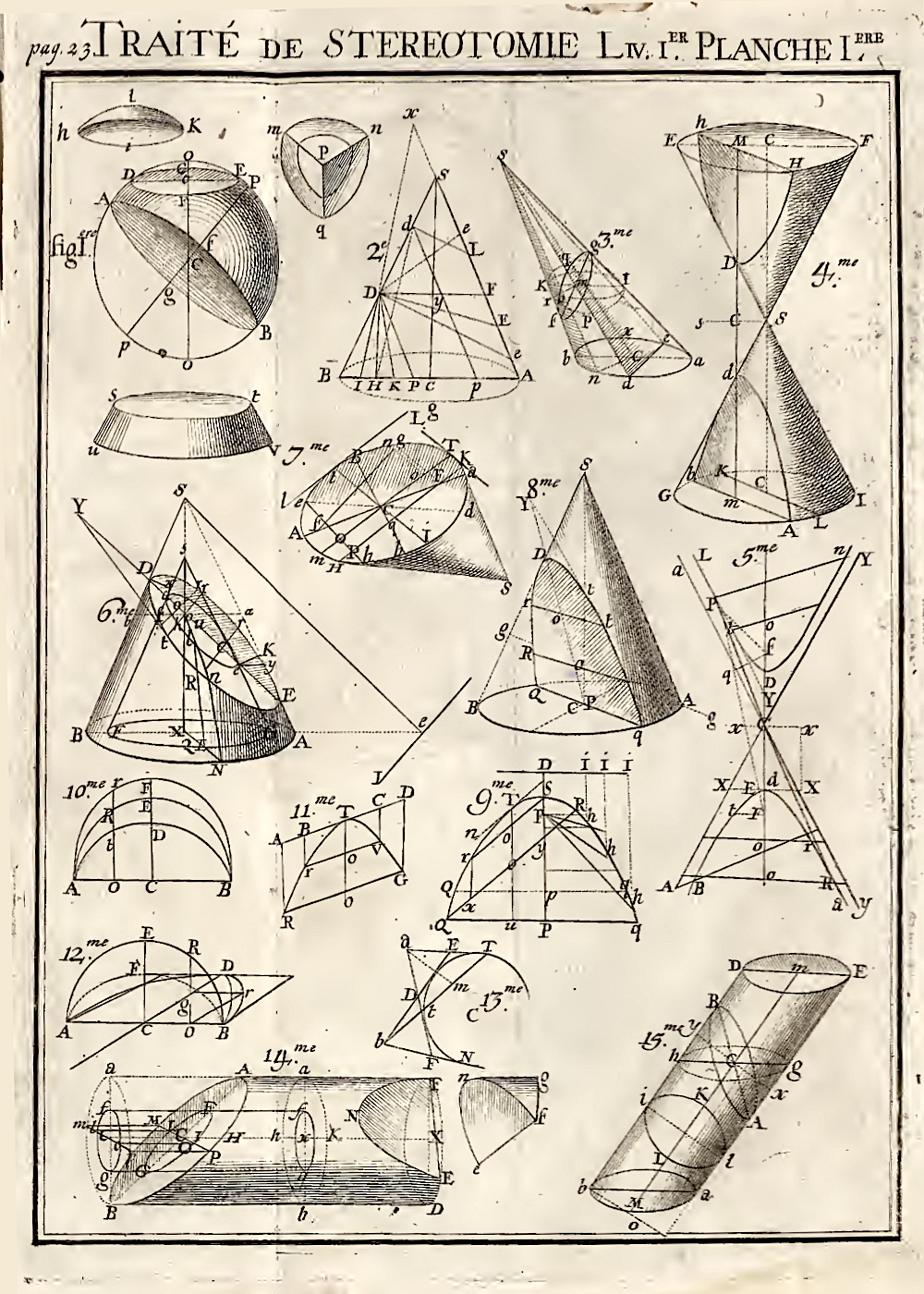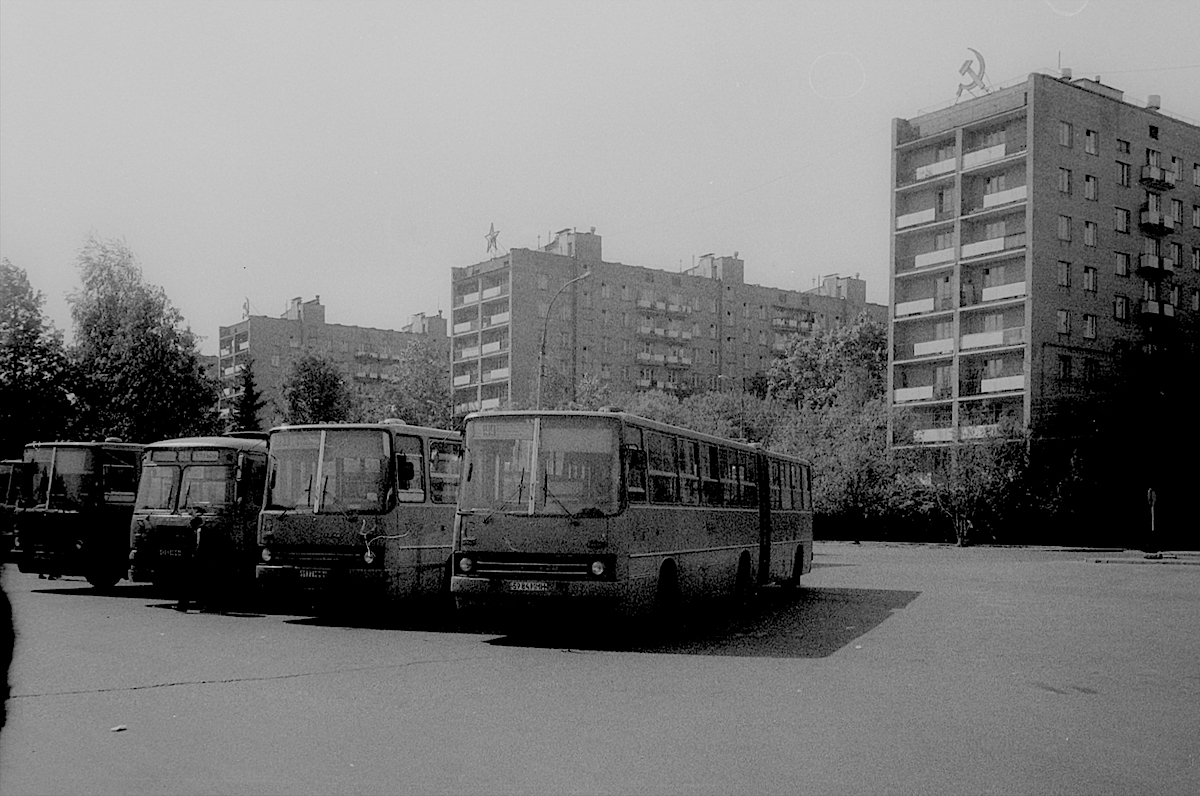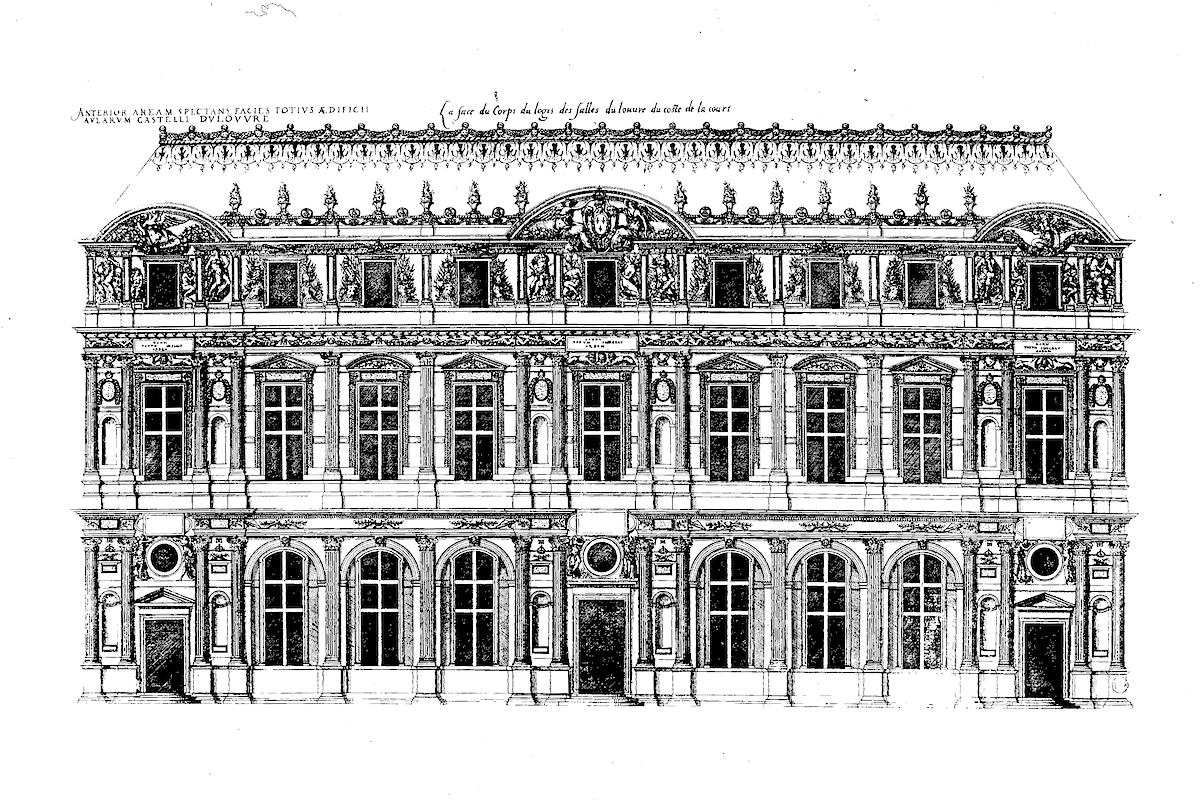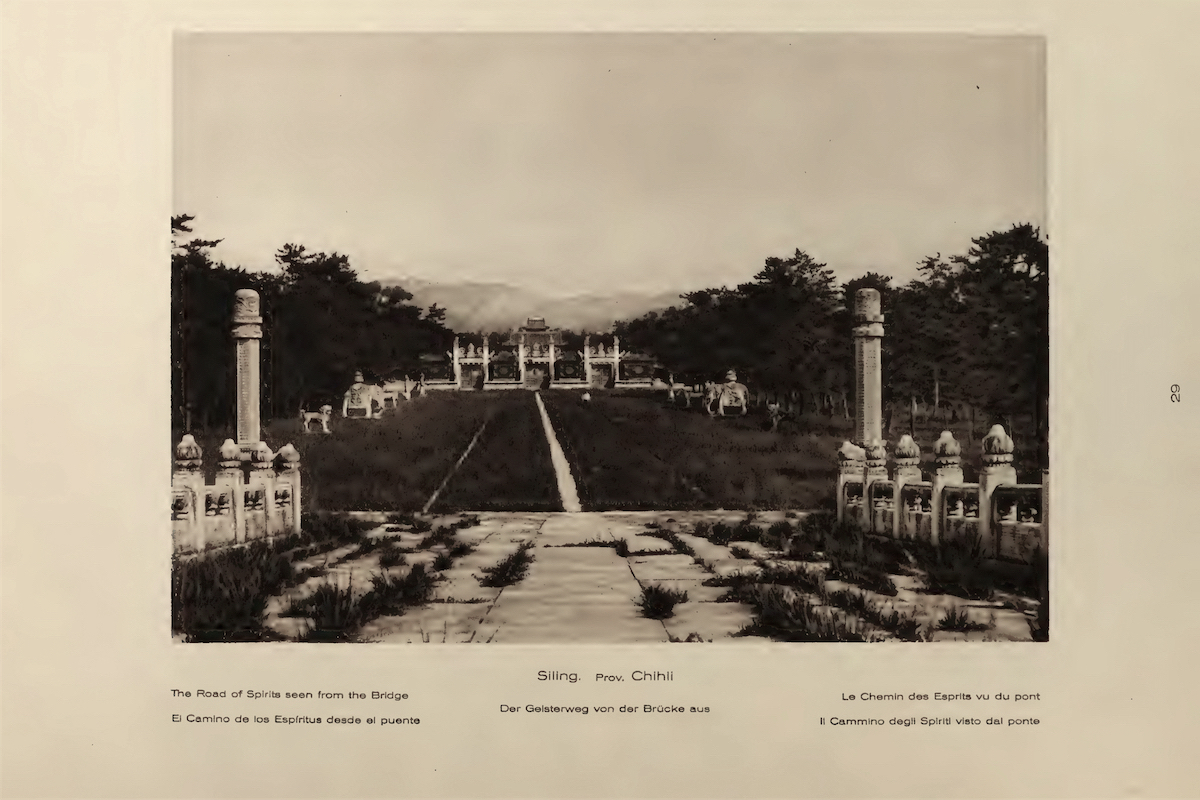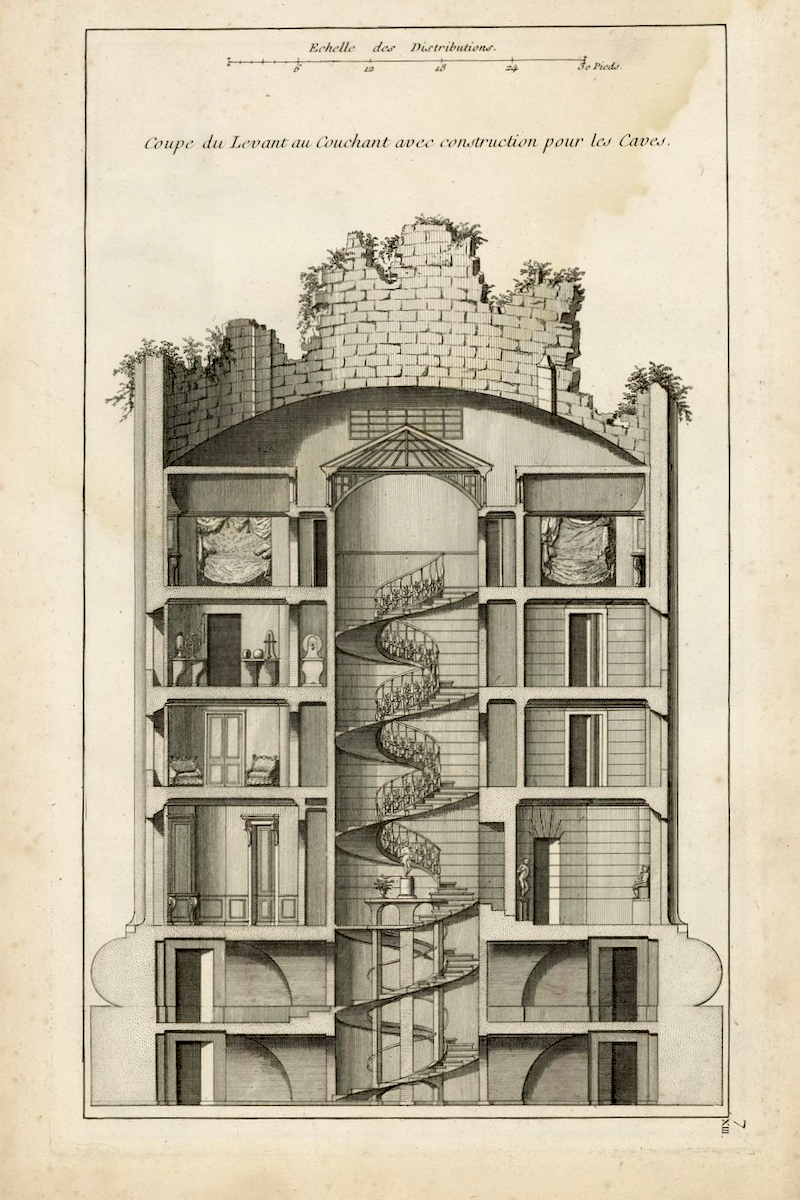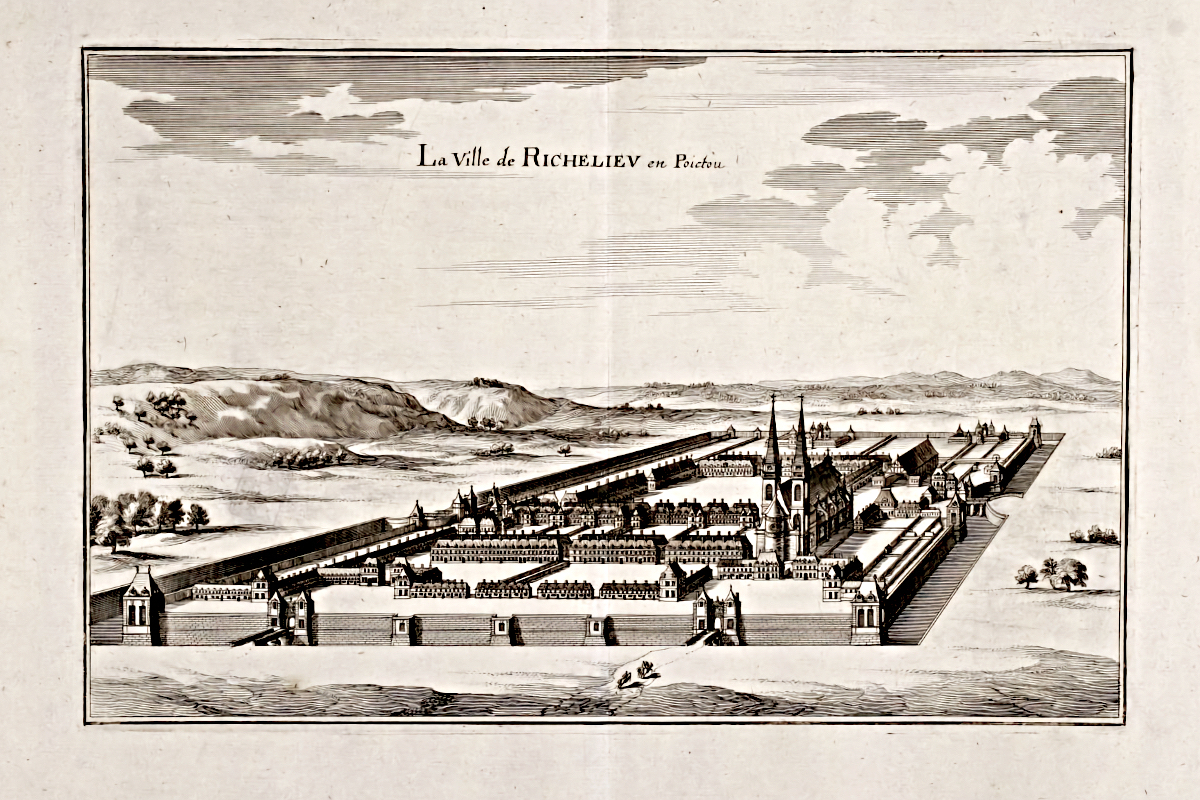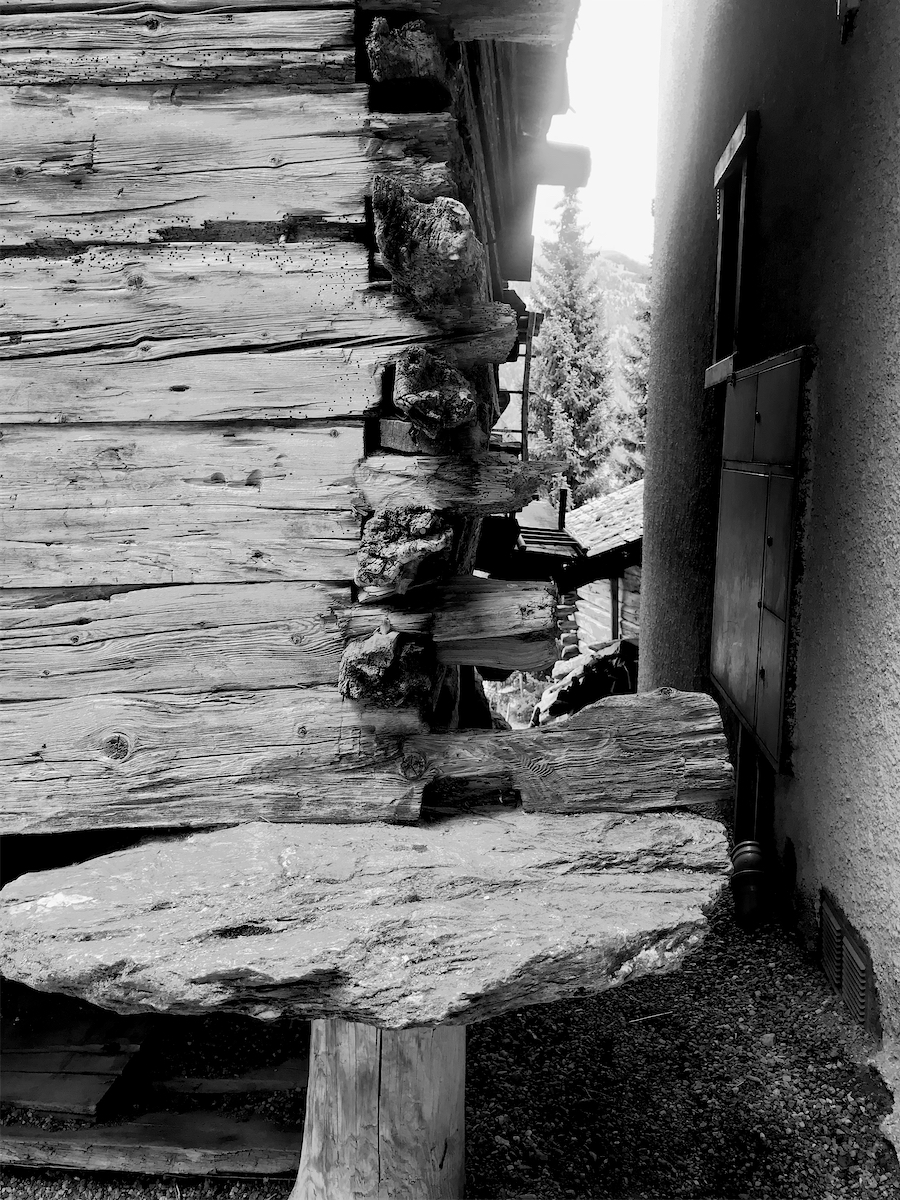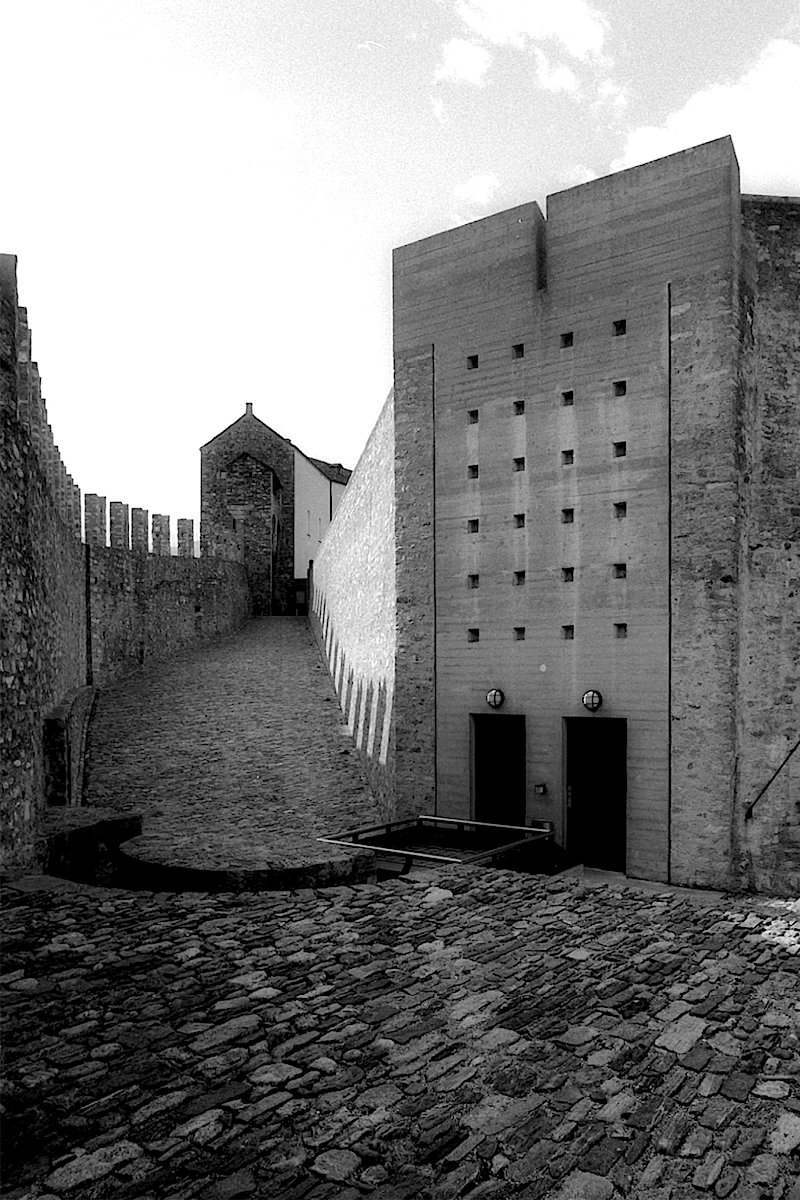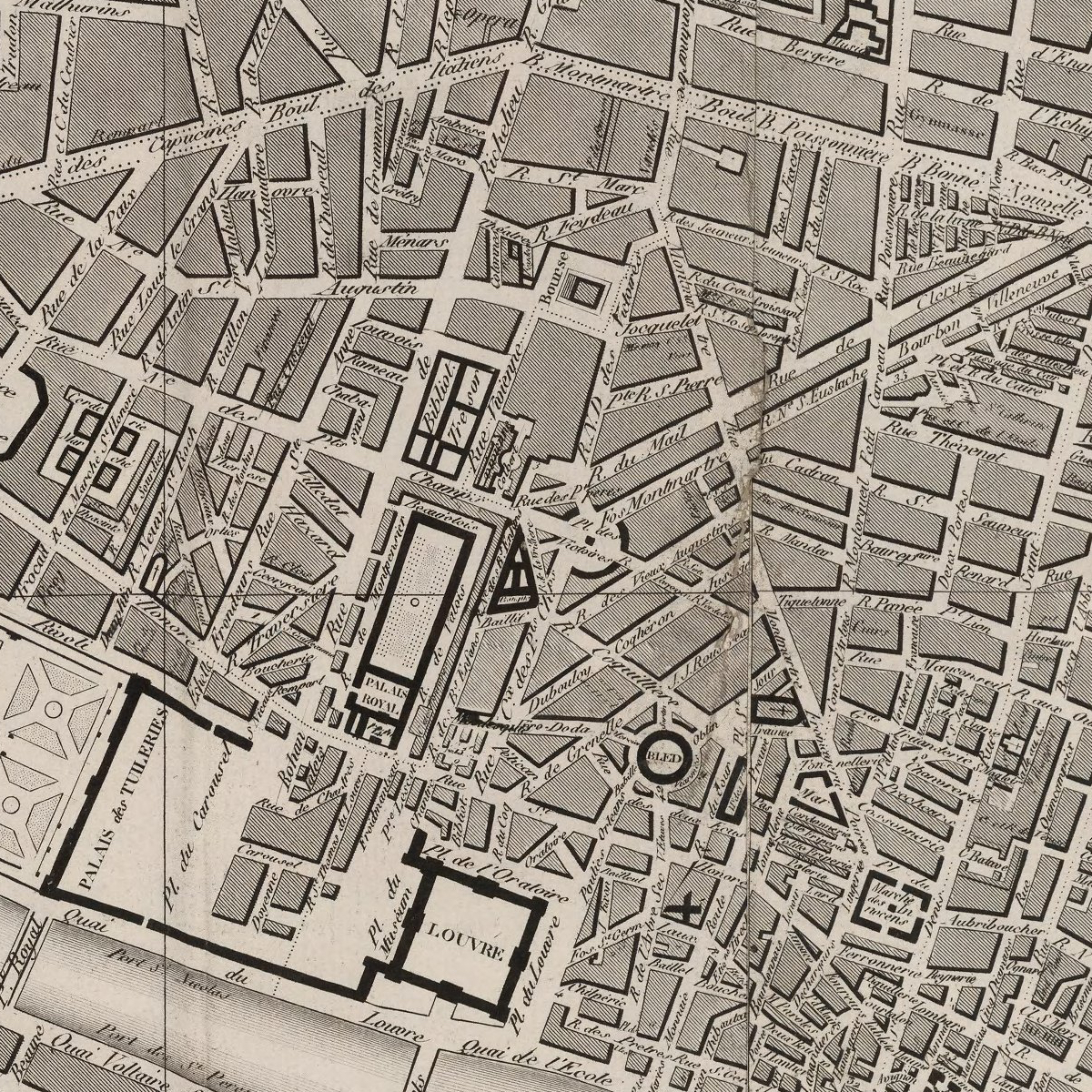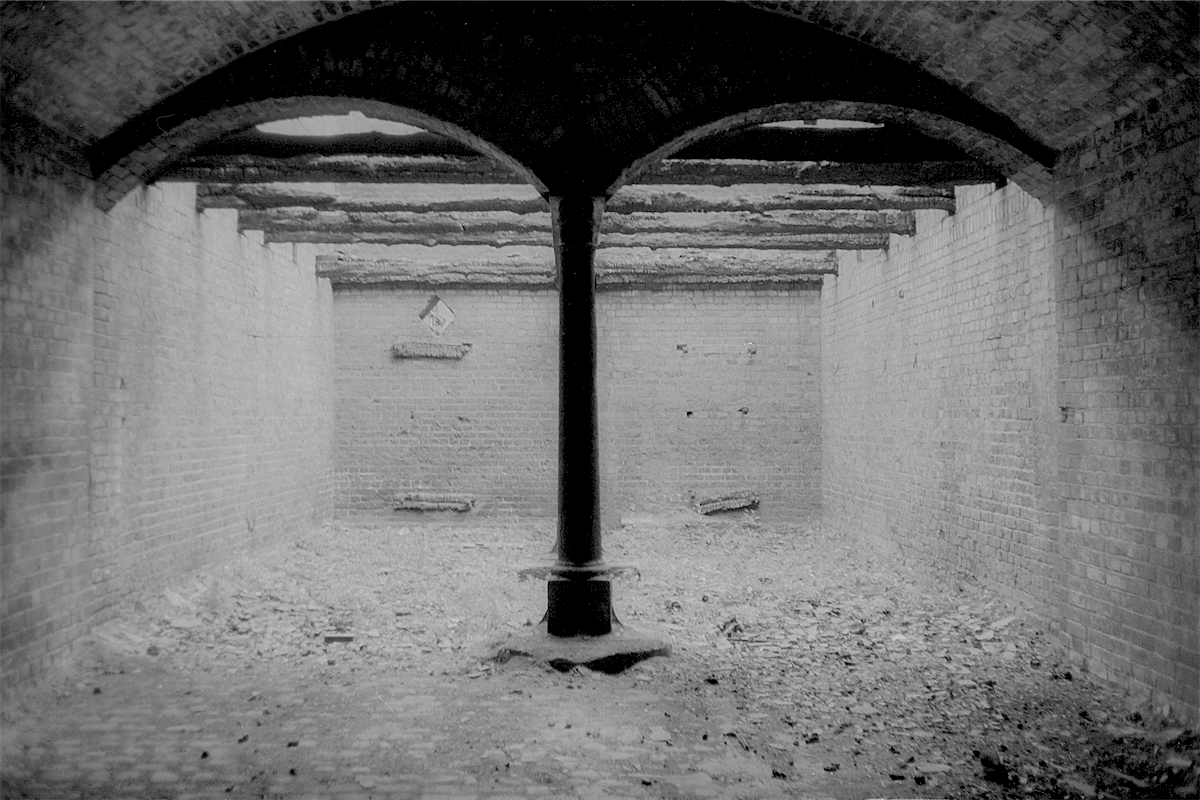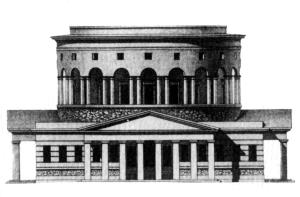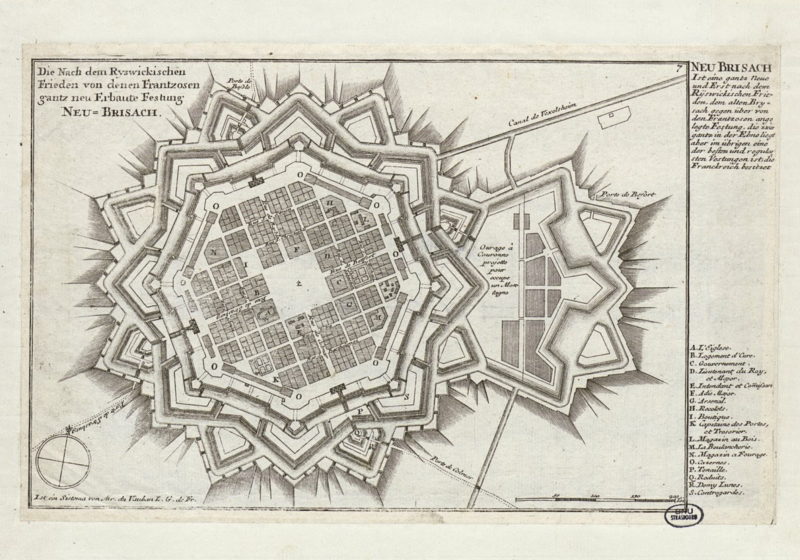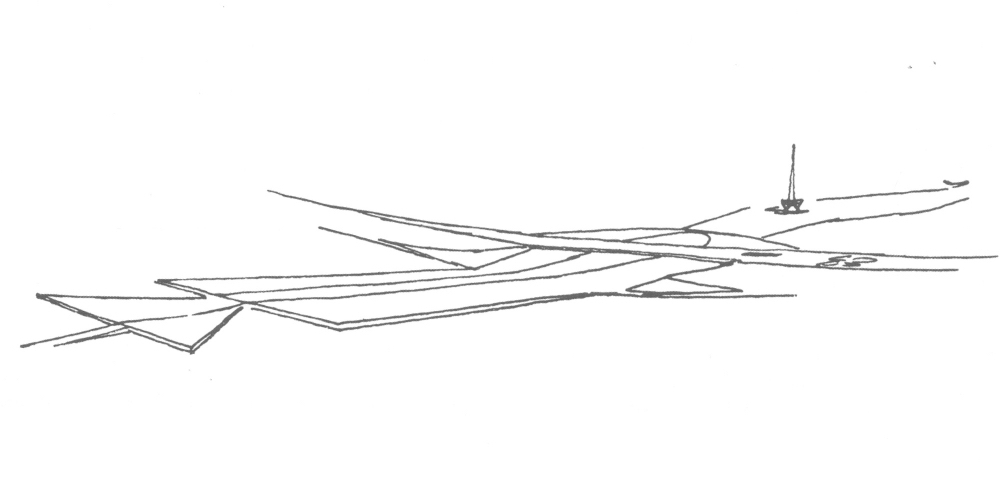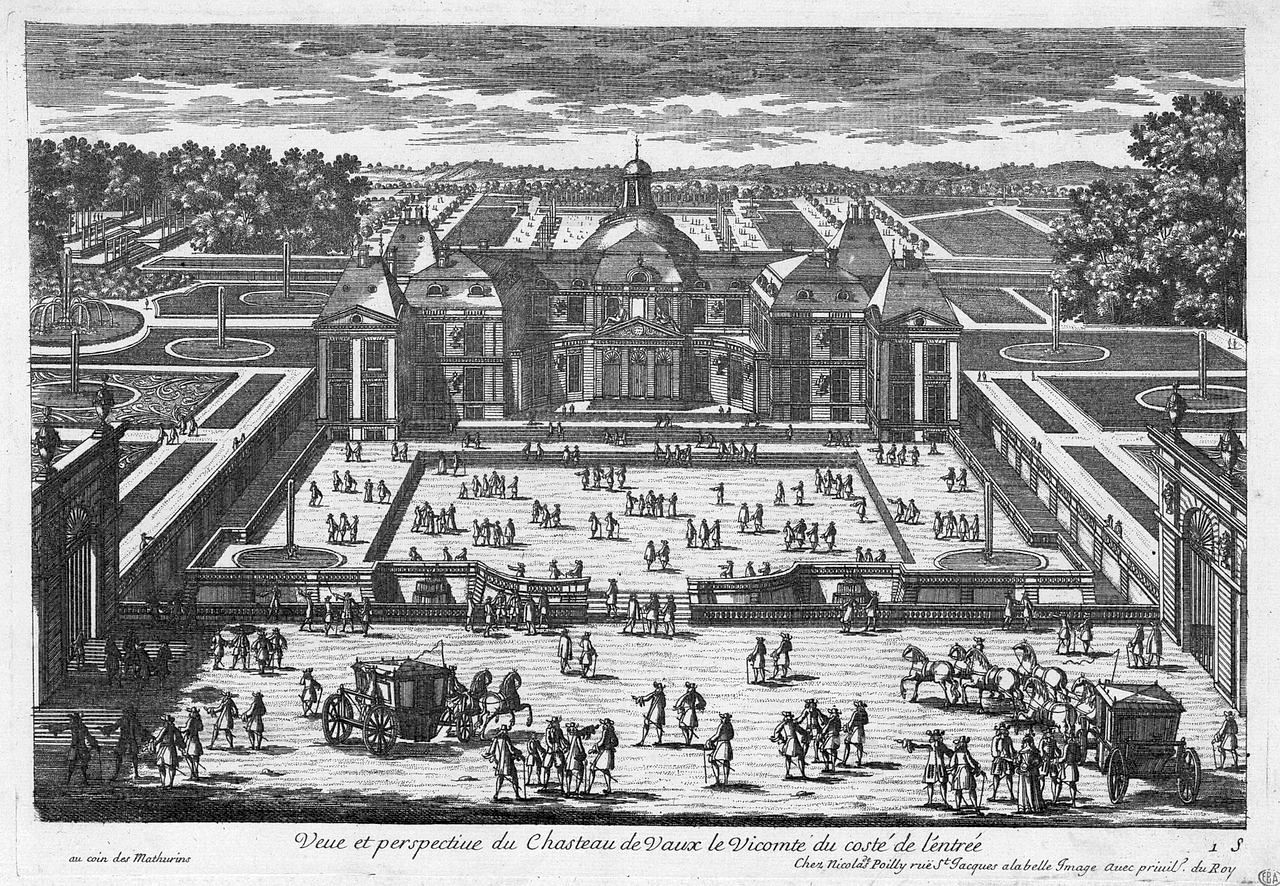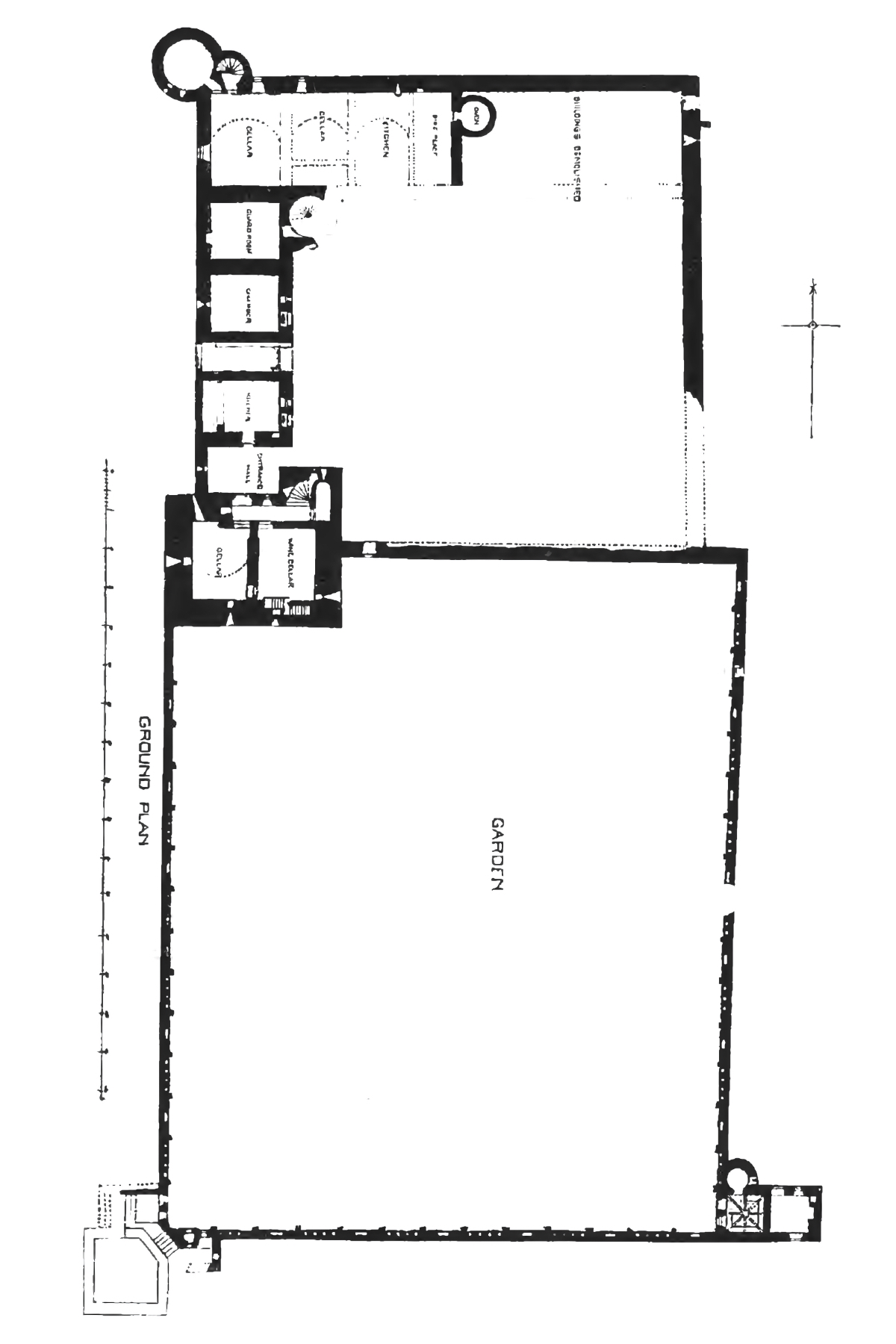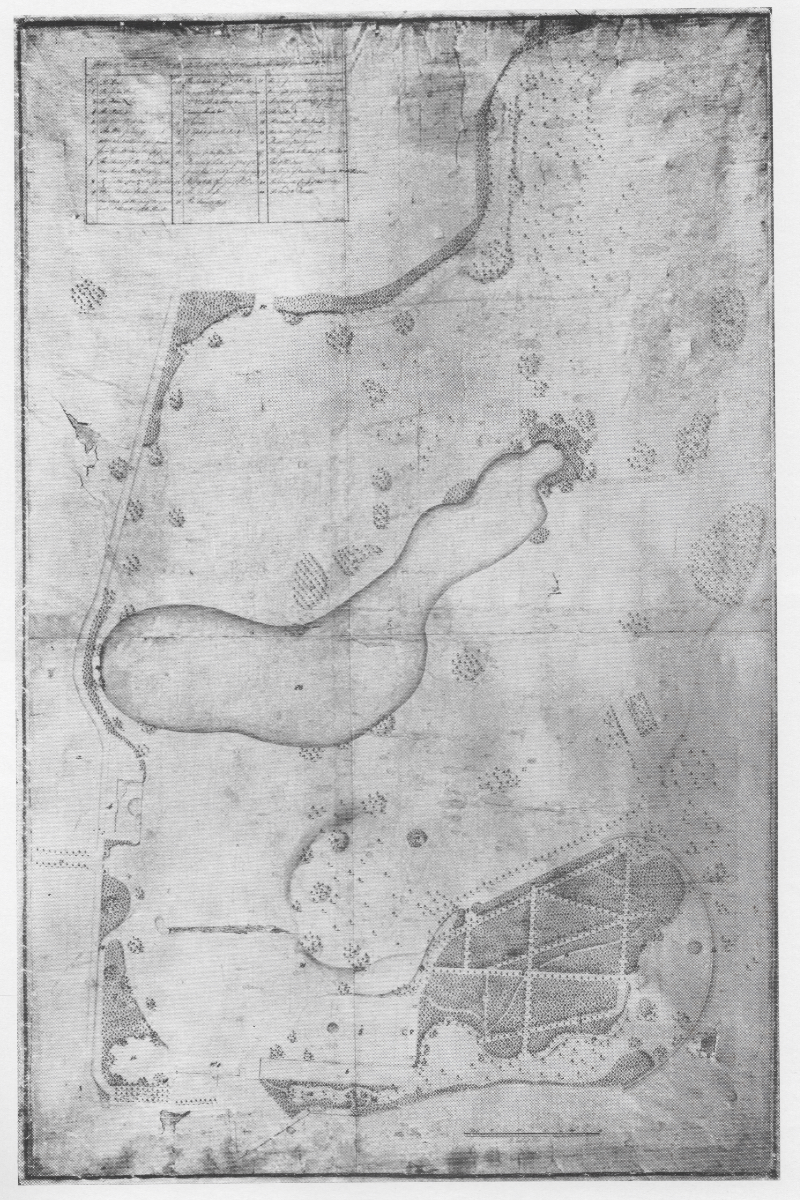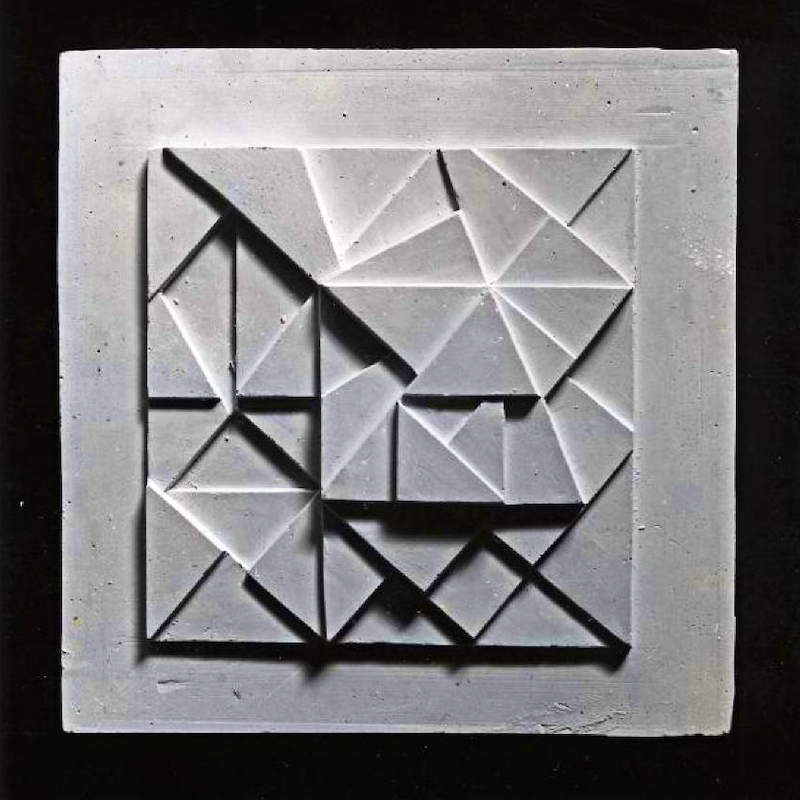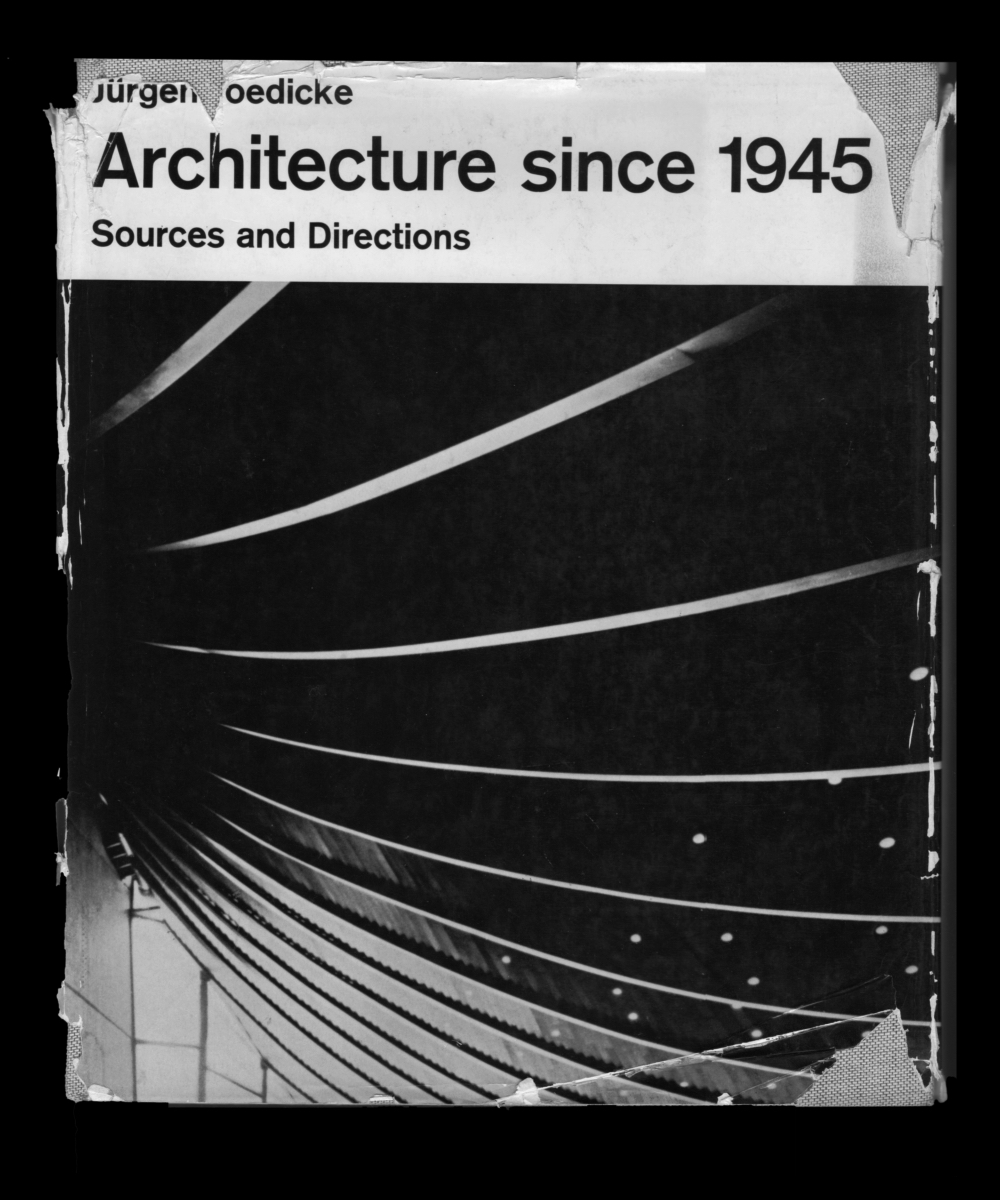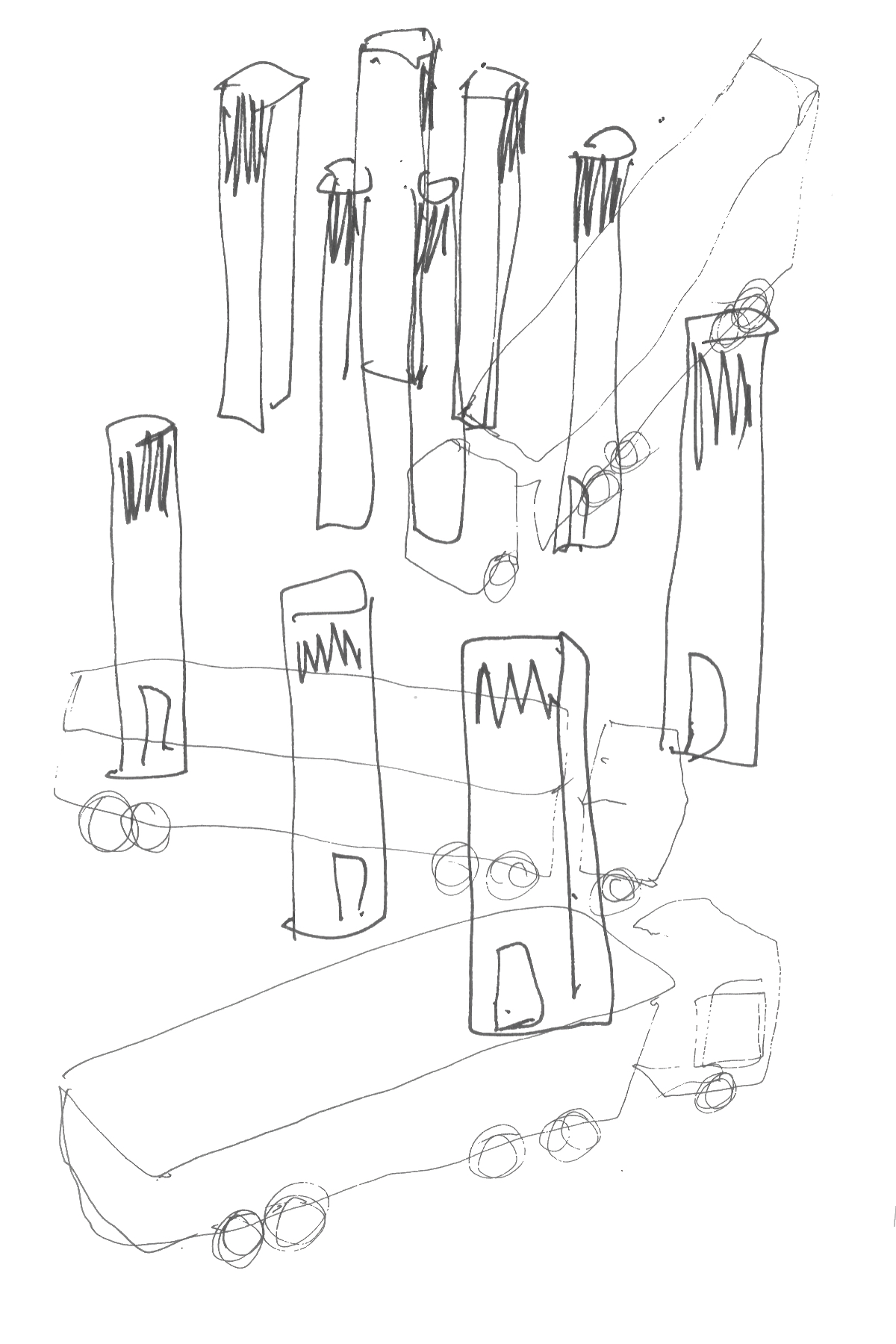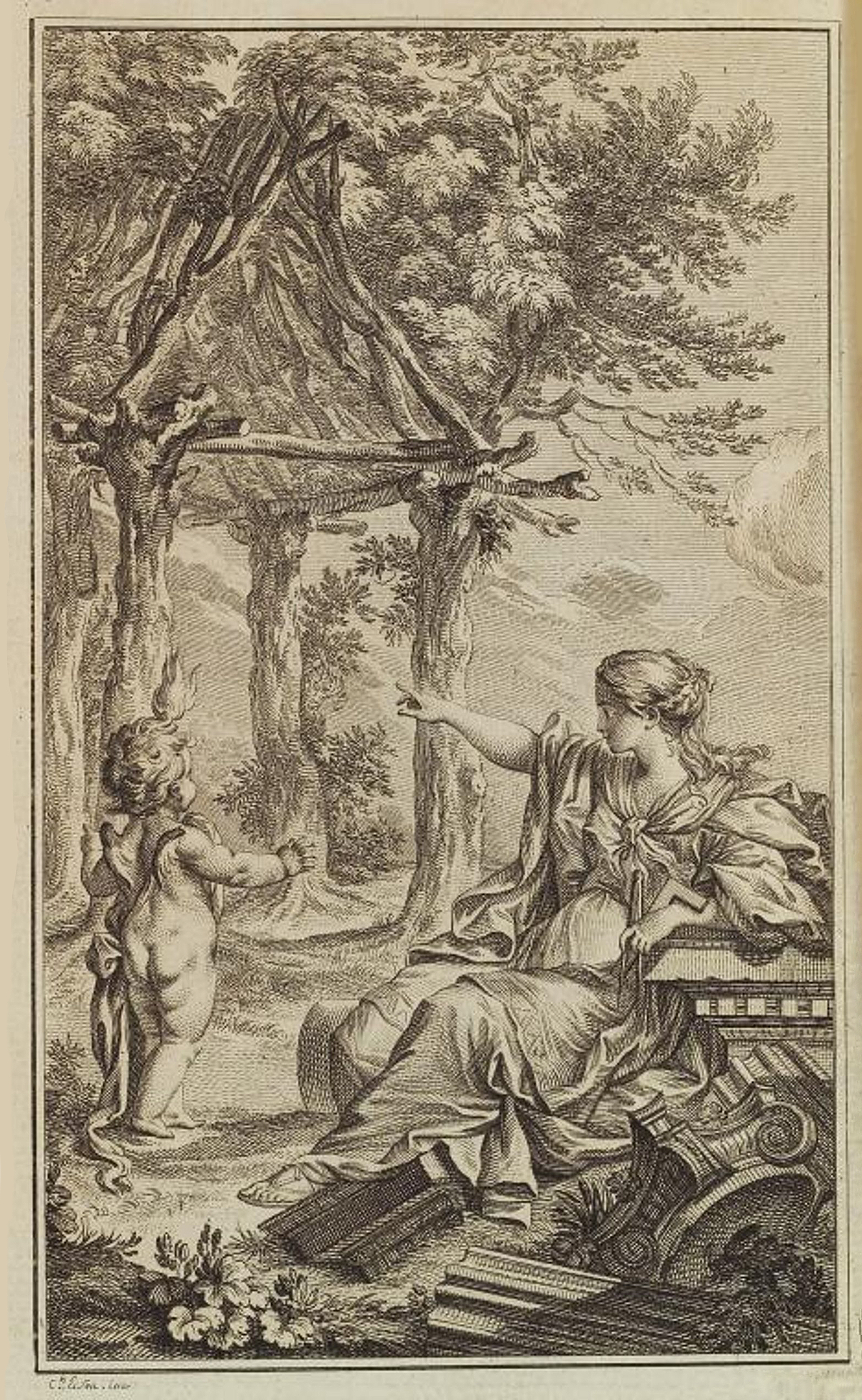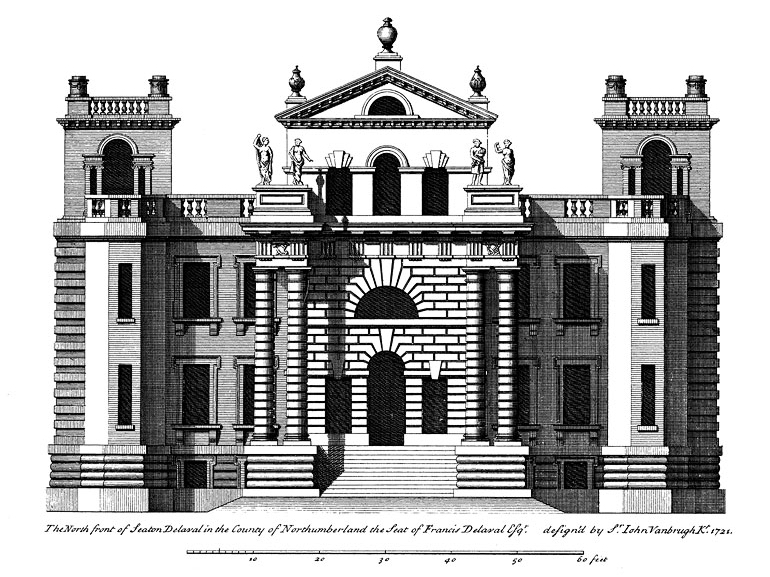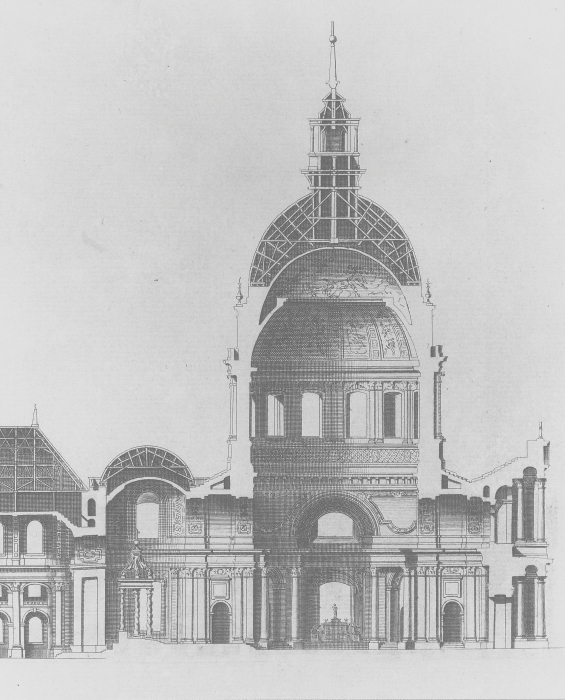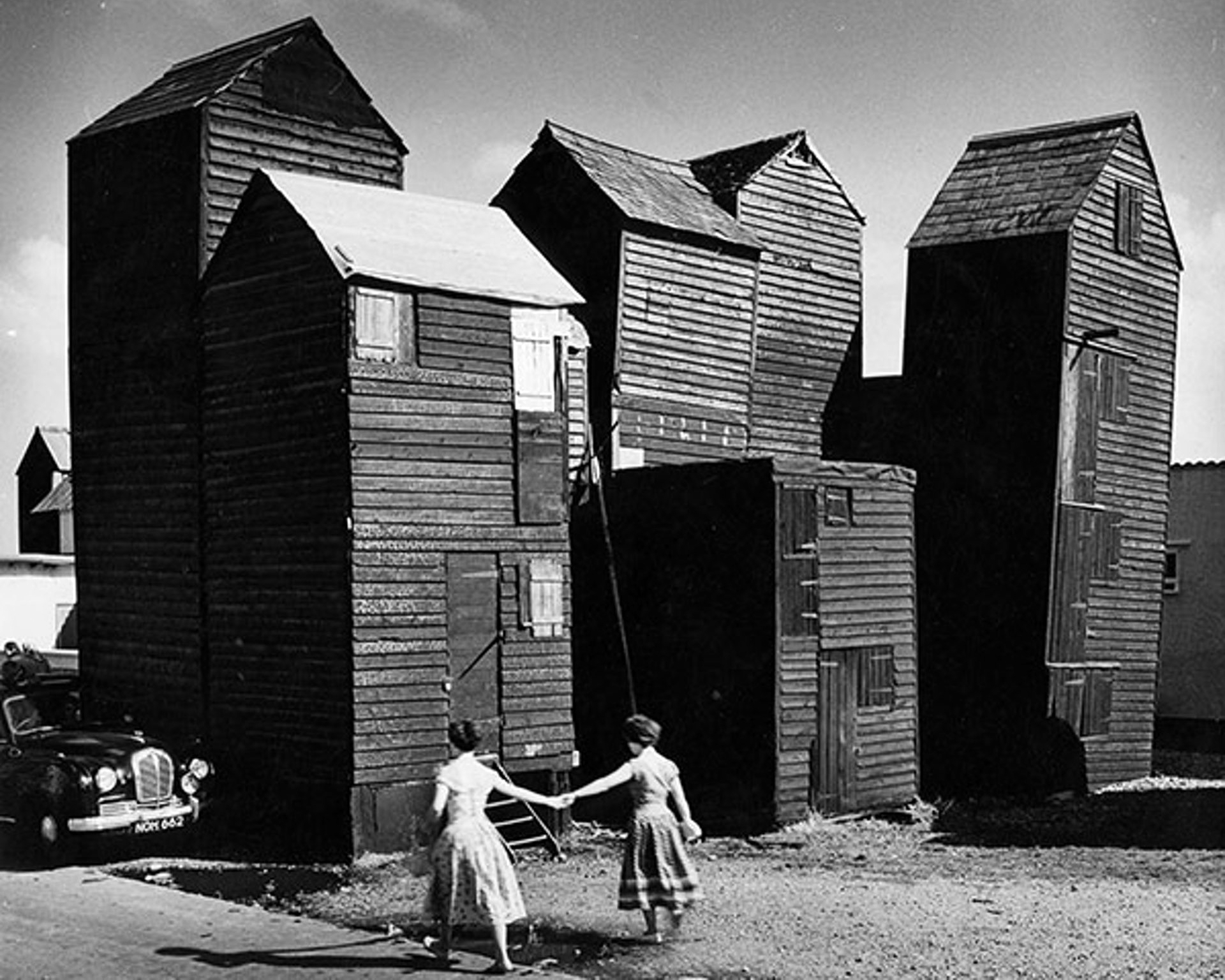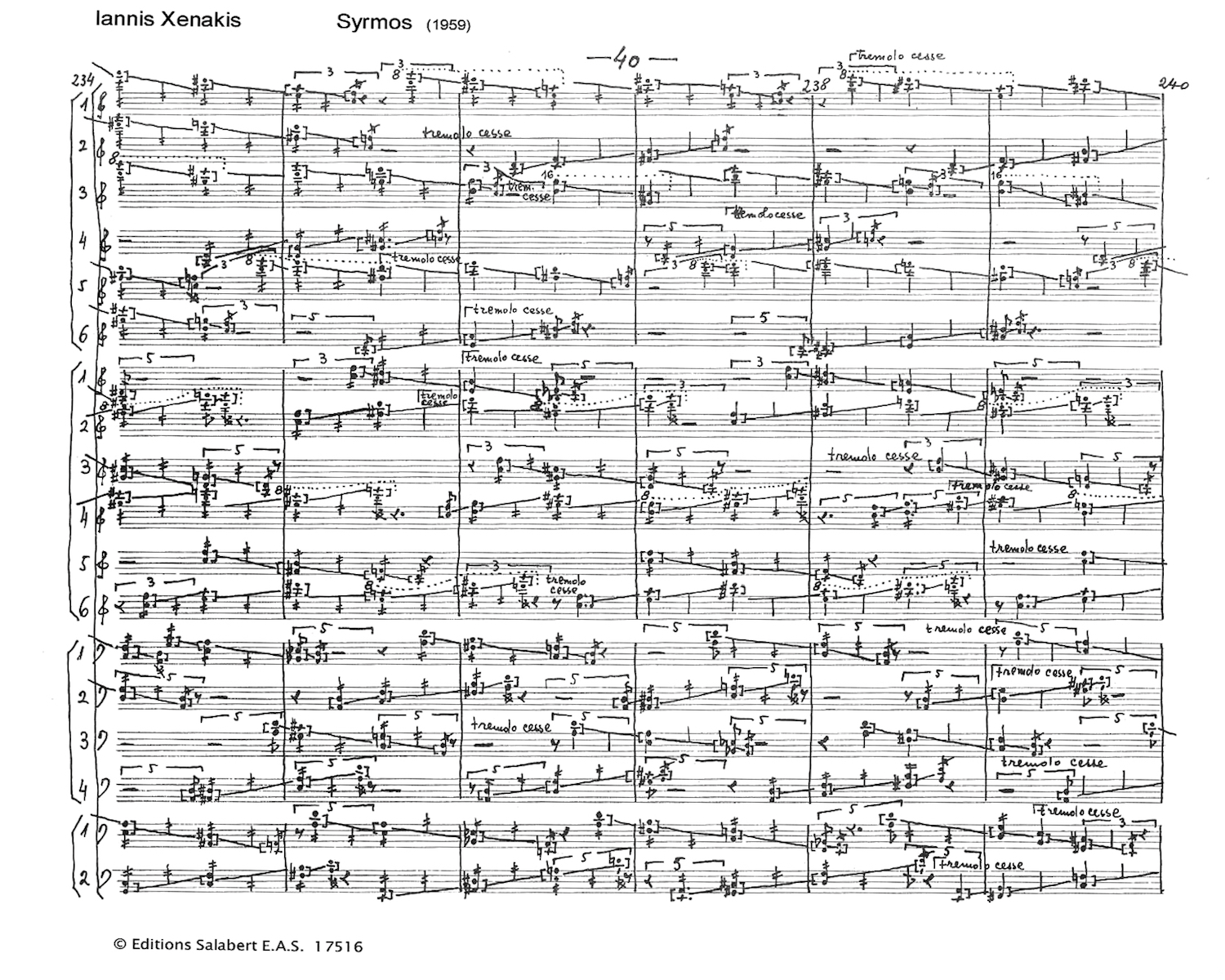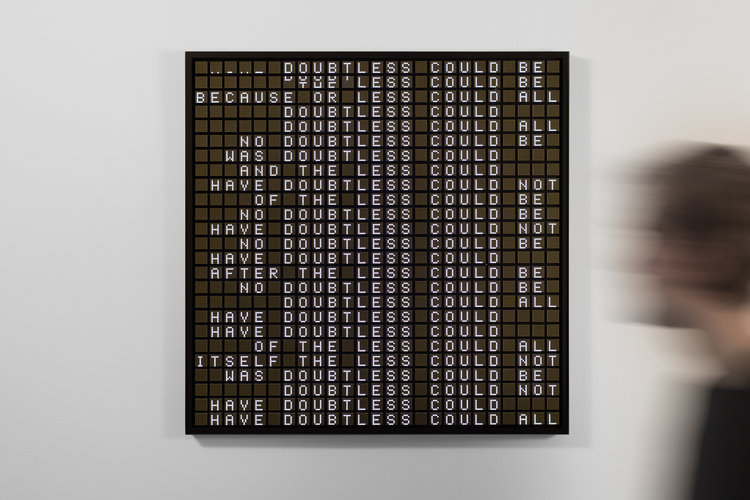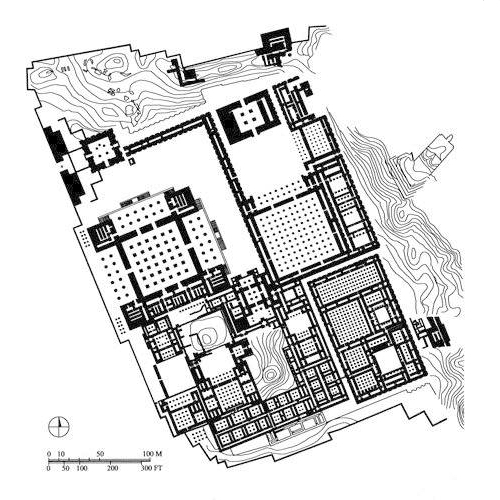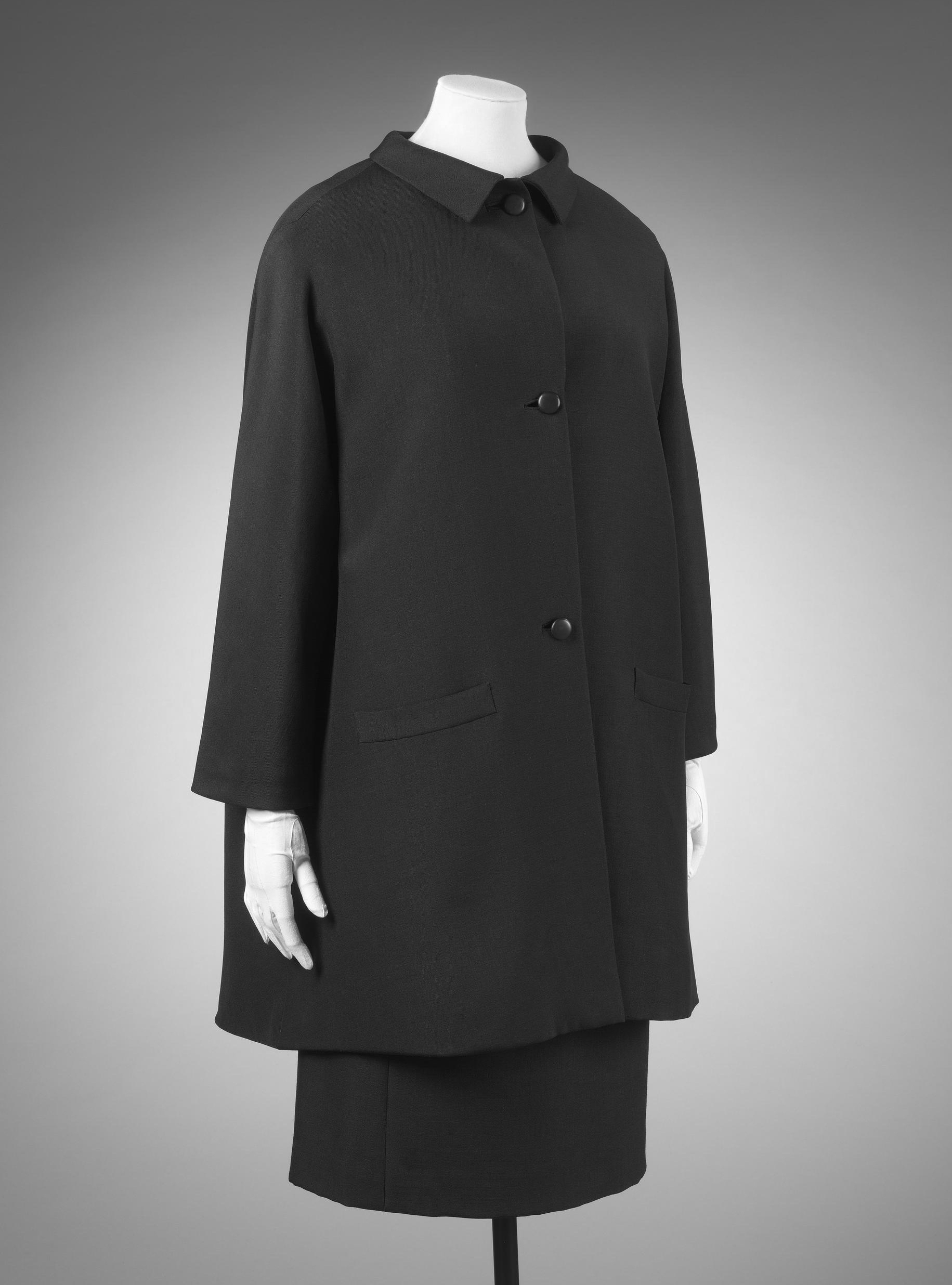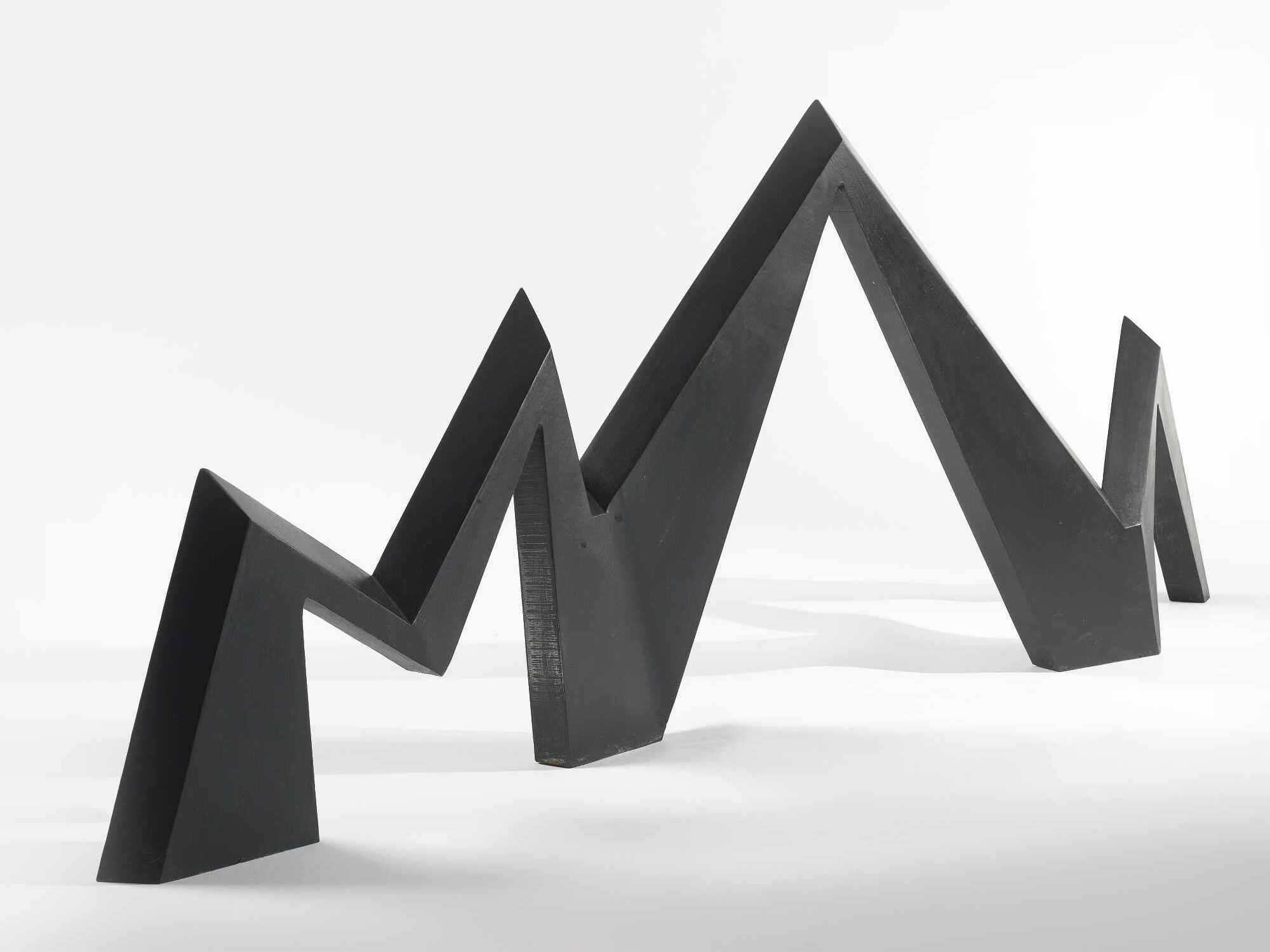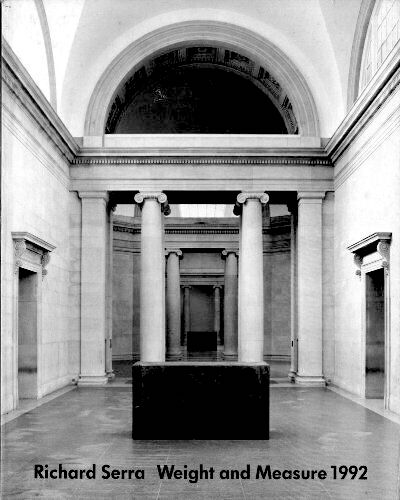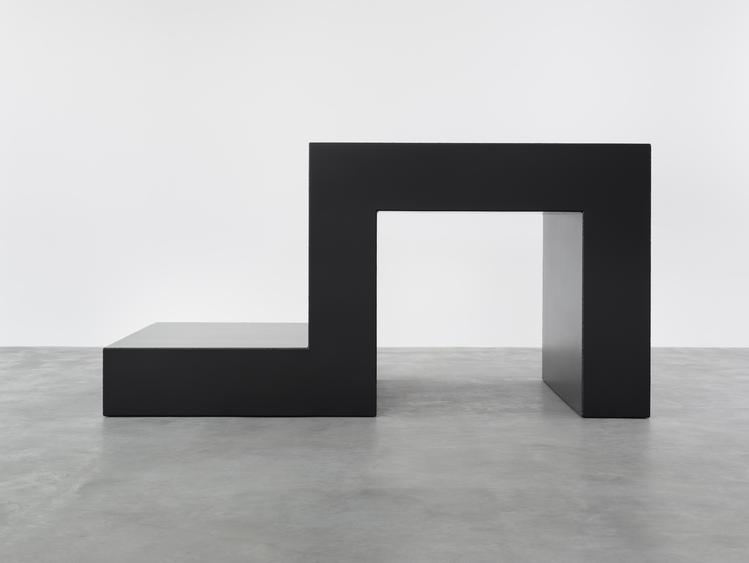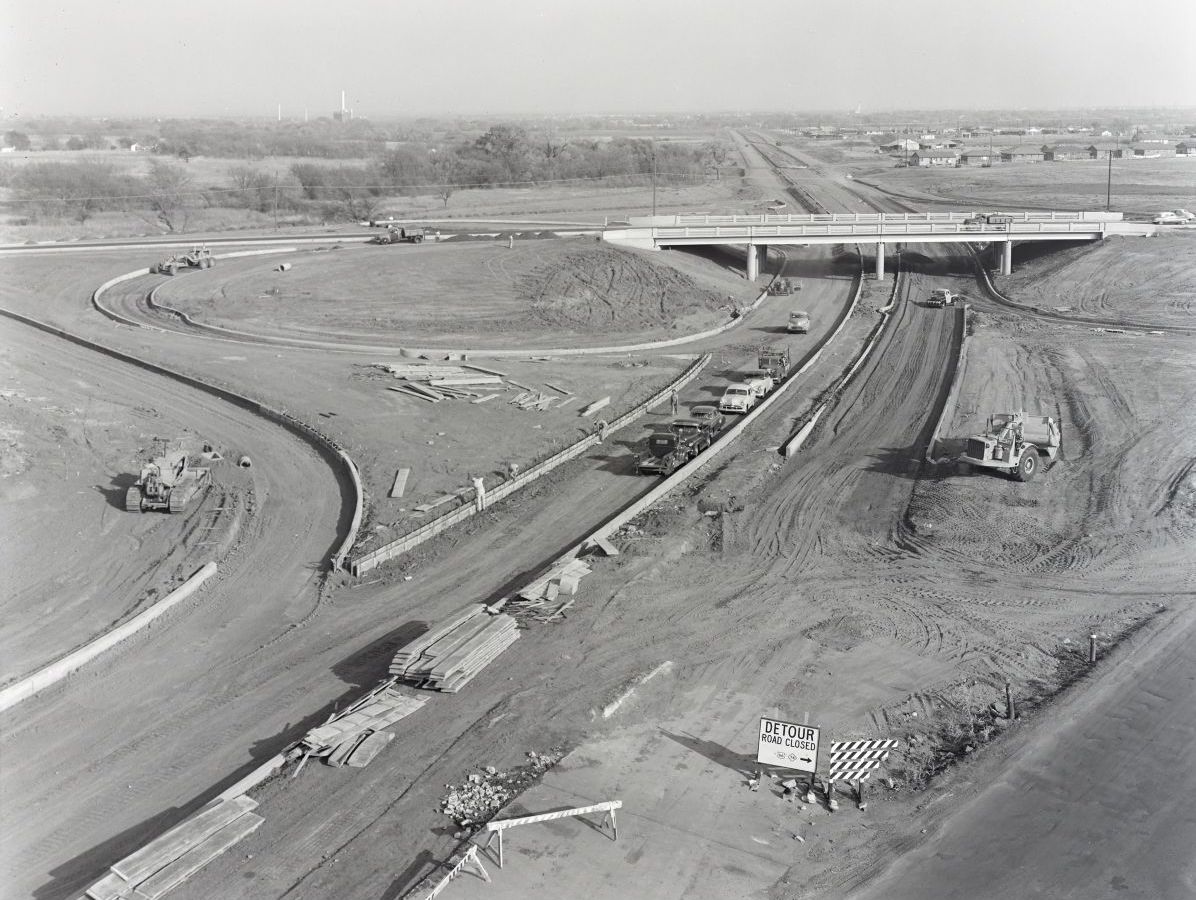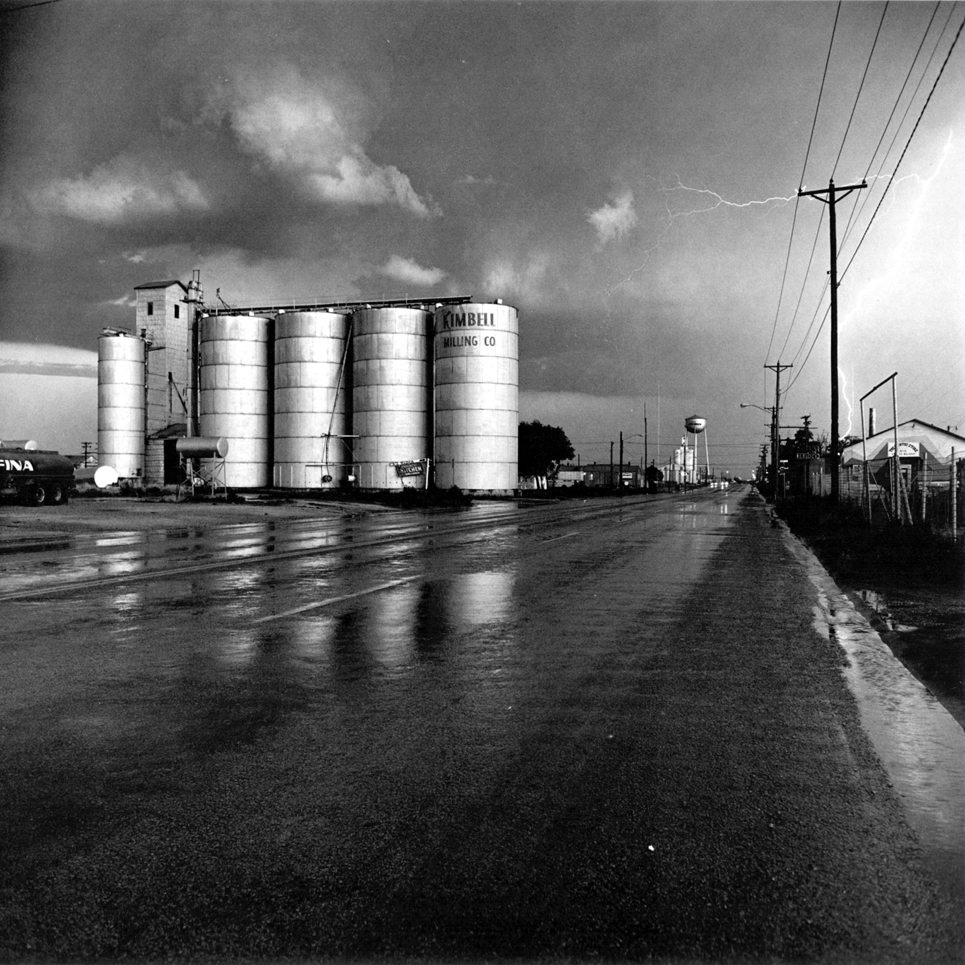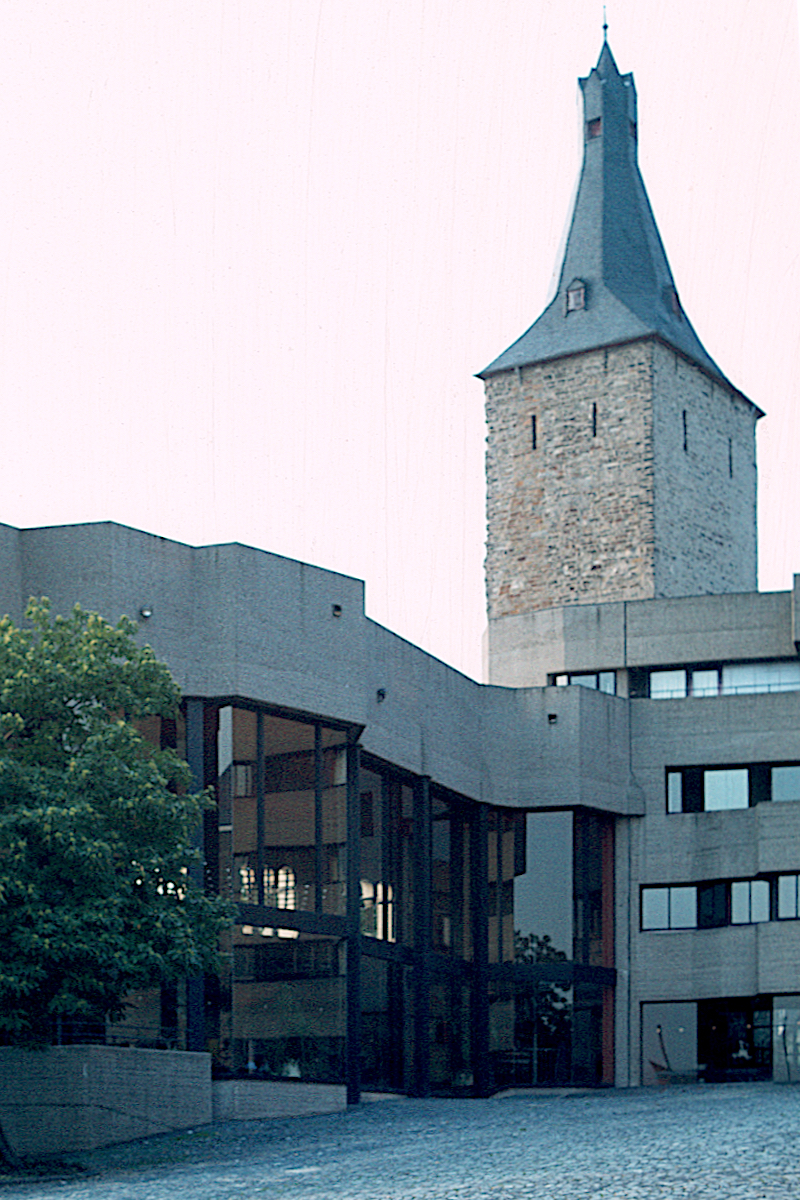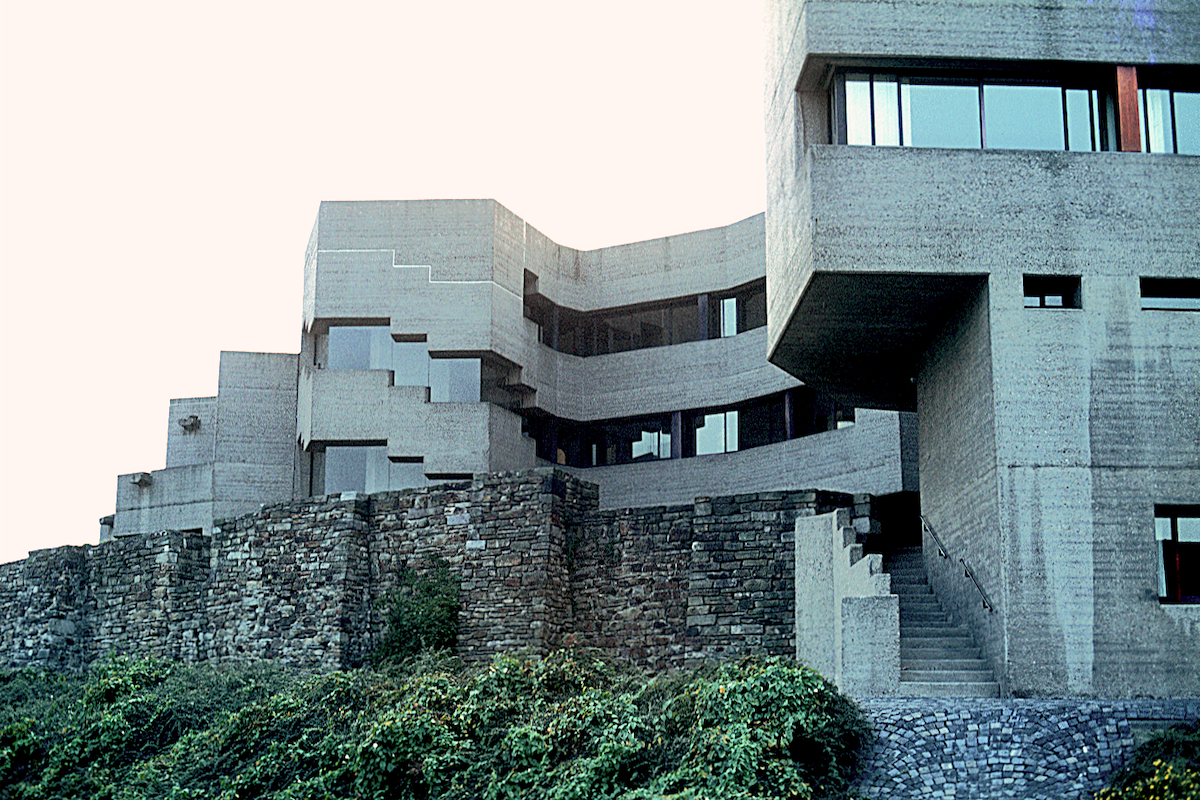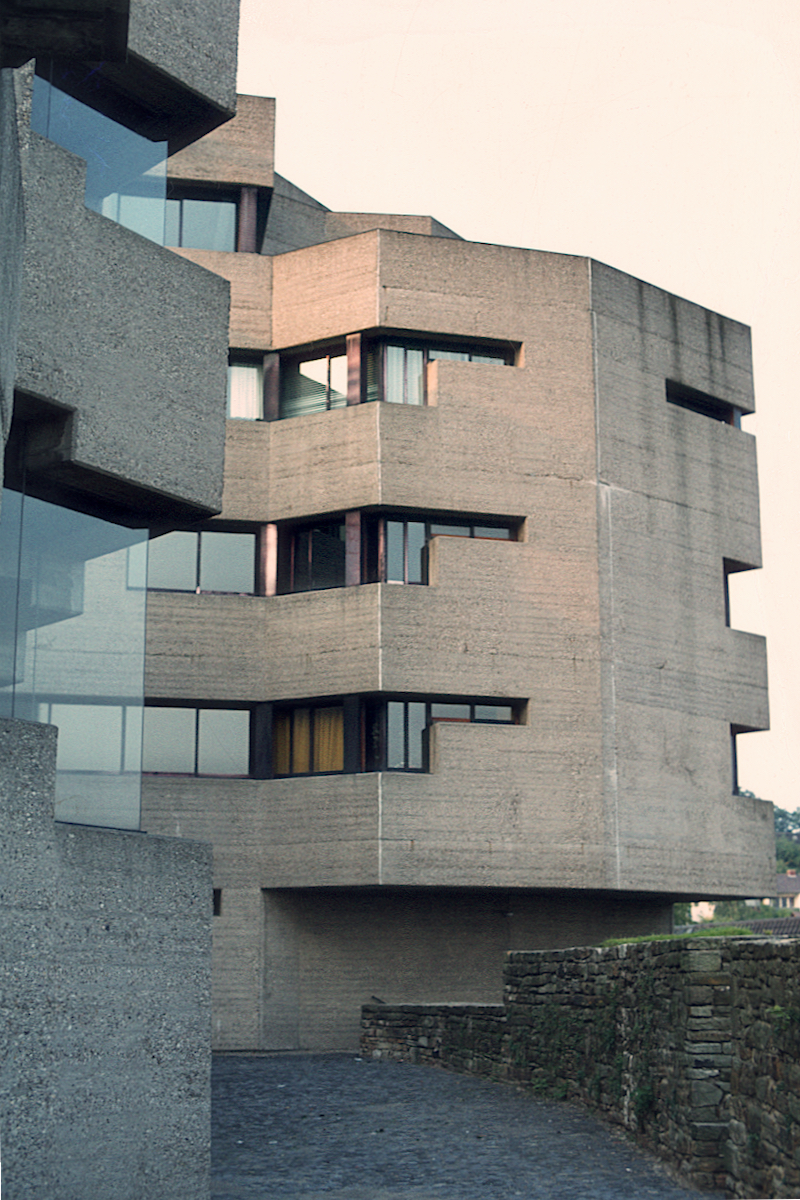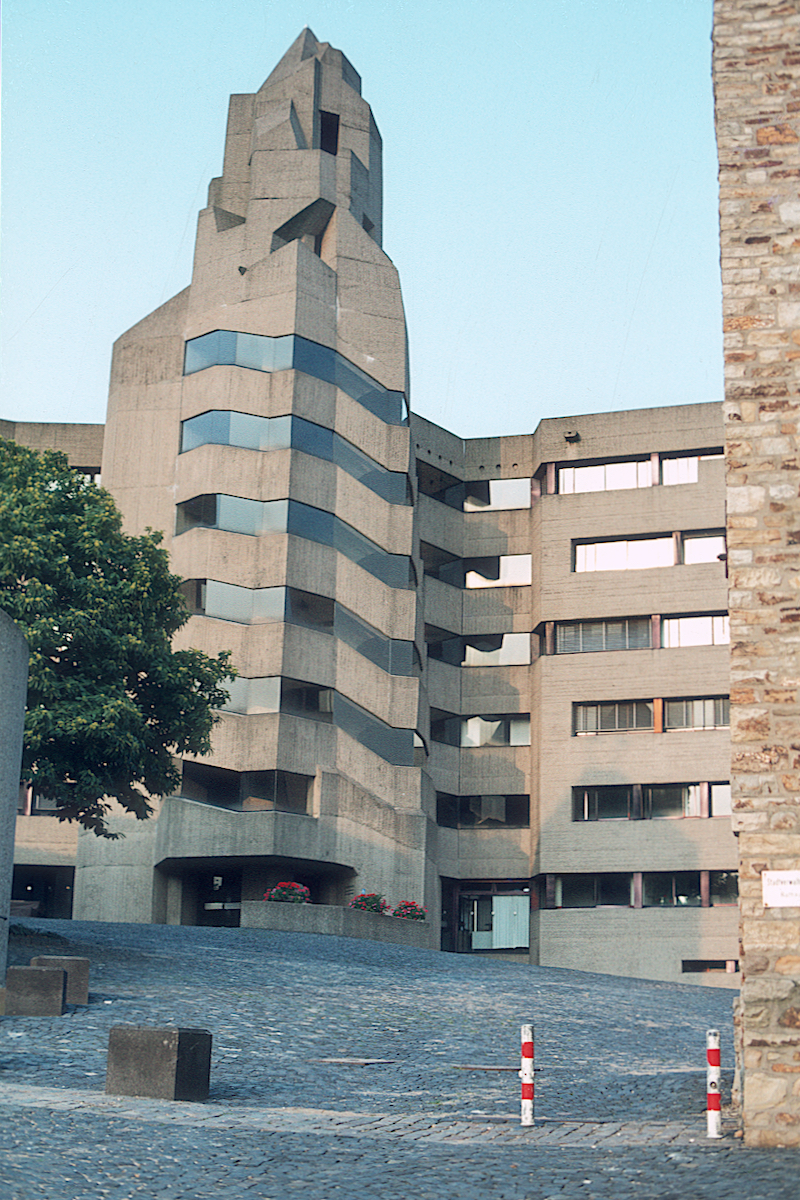I was saddened to hear that the German architect Gottfried Böhm had died in June 2021, but very surprised as I had, until then, thought he was from an earlier generation of architects.
I saw the Rathaus Bensberg (Bensberg Town Hall, 1963-69) in Jürgen Joedicke's Architecture since 1945 (London: Pall Mall Press 1969) while a student, and was inspired to visit Bensberg. Joedicke was the only historian at the time, as far as I know, to acknowledge the importance of Böhm's work, and indeed of German and Swiss brutalism in general. Joedicke published this book in 1969, covering just 24 years since 1945, and although he subtitled it 'sources and directions' he failed, not unreasonably, to see how architecture would develop over the next 50 years.
To try to include all the beton brut architecture as 'brutalism' stretches the definition of a complex period to breaking point. Rather than try to subsume all this work within a single definition, as Reyner Banham did in his magisterial The New Brutalism: Ethic or Aesthetic (London, Architectural Press 1969), it would be more appropriate to regard some as brilliantly successful, such as Sieldlung Halen by the Swiss practice Atelier 5 (used by Banham, exceptionally, on the cover of The New Brutalism). I would characterise the work as the nexus between, on the one hand, the period of the architect as the vanguard, inherent in the foundations of Modernism, and the collapse or deflection of the original utopian beliefs into personal engagements with form and material, and, on the other hand, a period when public and private institutions would support these architects through commissions, whether popular or not (perhaps also believing in the transformative power of the vanguard), and before the trust between client and architect broke in Post-Modernism. If a date needs to be set for the end of this period, 1971 is the usual date with the demolition of Pruitt-Igoe, a mere 2 years after the publication of Architecture since 1945. For excellent analyses of the beginning and end of this period, see Eric Mumford's The CIAM Discourse on Urbanism, 1928–1960 (MIT Press 2000) and Katherine Bristol's article "The Pruitt-Igoe Myth" in the Journal of Architectural Education (Volume 44, 1991)
After the masterpieces of the Mariendom in Neviges (1963-68), for which he won the Pritzker Prize in 1986, and the Rathaus in Bensberg, Böhm's later work, like that of the slightly older Oscar Niemeyer, or the slightly younger Charles Moore, is unfortunately quite frivolous.
thomas
deckker
architect
